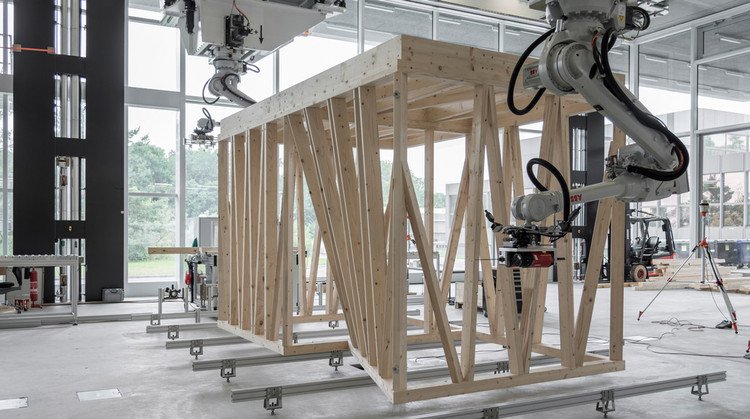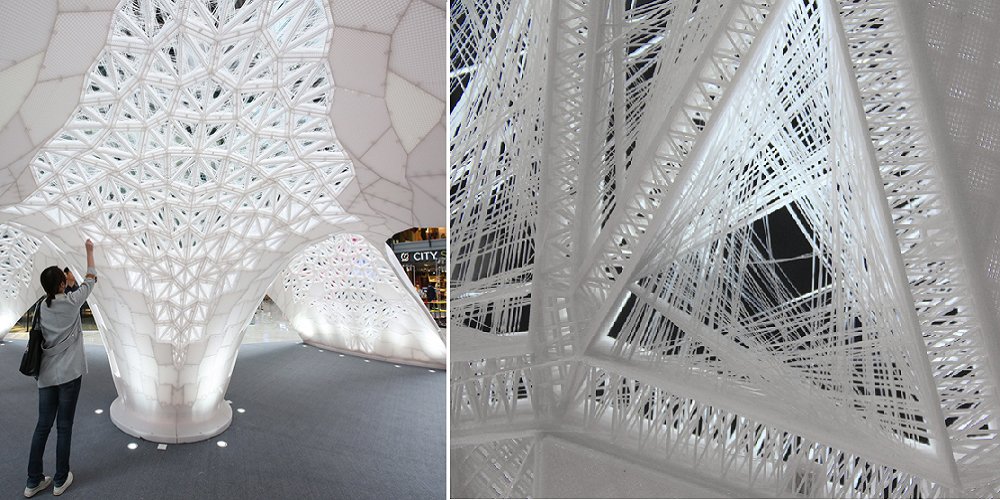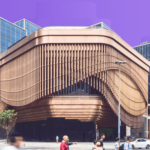The influence of digital fabrication on architecture
Digital fabrication has emerged as a transformative force in architecture, offering architects new tools and methodologies to redefine design possibilities and construction practices. Here’s an exploration of how digital fabrication is shaping the future of architecture and construction.
1. Advanced Modeling and Design Prototyping
Parametric Design:
- Generative Algorithms: Using computational tools to generate complex geometries and optimize designs based on performance criteria such as structural integrity and energy efficiency.
- Iterative Design: Facilitating rapid prototyping and design iterations to explore multiple concepts and refine architectural solutions before physical construction begins.
2. Additive Manufacturing (3D Printing)
Customized Building Components:
- Complex Forms: Printing intricate architectural elements and components with precision and customization that traditional methods may not achieve.
- On-Site Printing: Implementing portable 3D printers to fabricate building materials and structures directly at construction sites, reducing logistical challenges and construction time.
3. Sustainable Construction Practices

Material Efficiency:
- Resource Optimization: Using digital fabrication to minimize waste by precisely cutting materials and utilizing recycled or bio-based materials in construction.
- Prefabrication: Off-site manufacturing of building modules and components using digital fabrication techniques to enhance quality control and reduce environmental impact.
4. Digital Craftsmanship and Artisanal Techniques
Integration of Handcraft and Technology:
- Customization: Combining digital tools with artisanal craftsmanship to create bespoke architectural details and finishes that reflect cultural and contextual influences.
- Digital Artistry: Exploring new aesthetic possibilities through digital sculpting, pattern generation, and texture mapping in architectural design and ornamentation.
5. Computational Design and Structural Optimization
Performance-Driven Solutions:
- Structural Analysis: Using computational algorithms to analyze and optimize building performance under various environmental conditions and loads.
- Form-Finding: Employing digital simulations to explore structural forms and configurations that maximize efficiency and minimize material usage in architecture.
6. Design-to-Fabrication Workflows
Seamless Integration:
- BIM (Building Information Modeling): Integrating BIM software with digital fabrication tools to streamline design-to-fabrication workflows and enhance collaboration among architects, engineers, and contractors.
- Real-Time Feedback: Providing real-time feedback on design changes and construction progress, improving project coordination and decision-making during the building lifecycle.
7. Architectural Innovation and Experimentation
Prototyping New Concepts:
- Research and Development: Fostering innovation in architectural design through experimental projects and prototypes that push the boundaries of digital fabrication capabilities.
- Emerging Technologies: Embracing advancements in robotics, AI-driven design, and biometric architecture to explore new architectural typologies and responsive environments.
8. Accessibility and Affordability in Construction
Democratising Design:
- Affordable Housing: Using digital fabrication to develop cost-effective housing solutions that address global housing shortages and urbanization challenges.
- Community Engagement: Involving local communities in the design and construction process through participatory design and co-creation initiatives facilitated by digital tools.
9. Case Studies and Real-World Applications
Exemplary Projects:
- The Museum of the Future, Dubai: Showcasing futuristic architecture with complex geometries and façade systems fabricated using advanced digital techniques.
- MX3D Bridge, Amsterdam: Constructing a pedestrian bridge using 3D printing technology, demonstrating the potential of digital fabrication in large-scale infrastructure projects.
Conclusion
Digital fabrication is revolutionizing architecture by offering architects unprecedented creative freedom, sustainability benefits, and efficiency gains in design and construction. As architects continue to harness digital tools and fabrication technologies, the boundaries of architectural innovation are continually expanded, paving the way for more sustainable, resilient, and aesthetically compelling built environments. By embracing digital fabrication, architects can lead the industry towards a future where design excellence, environmental stewardship, and technological innovation converge to shape cities and communities for generations to come.



